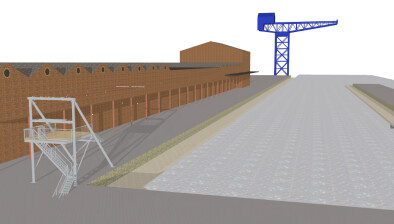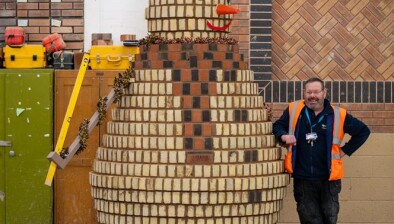And finally… Copycat architecture still booming in China
As China’s economy skyrockets faster than any others, the country’s suburbs are sprouting up replicas of iconic landmarks from mostly European cities.
There’s a miniature Paris, complete with Eiffel Tower, in the outskirts of Hangzhou. There’s a British-inspired “Thames Town” outside of Shanghai. Shijiazhuang has a Great Sphinx, complete (incomplete?) with a missing nose. The White House is one of the most copied buildings throughout the country. People live and work inside these structures.
To outsiders, China’s passion for derivative architecture might seem bizarre. Why make your country into a theme park? Is creativity so lacking among Chinese architects that they’re left to mimic a Western, romanticized past?
These questions miss the point, according to Bianca Bosker, author of 2013’s Original Copies: Architectural Mimicry in Contemporary China. In the first thorough account of Chinese “copycat” architecture, Bosker makes the case that these buildings offer insight into the complicated aspirations of the Chinese middle class.
“Clearly there’s an acknowledgement that there’s something great about Paris,” Bosker told City Lab. “But it’s also: ‘We can do it ourselves.’”
Indeed, a miniature Paris isn’t really an homage to the French greats of architecture; it’s more of a statement of power and control. “Rather, it’s a monument to China, which has become so rich and so mighty it can figuratively ‘own’ its own City of Lights—or Manhattan, or Venice, or White House,” Bosker added.
And it’s important to know that a Western-duplicate exterior often belies the interior. An American-style suburban dream-home in China might also contain a traditional Chinese tearoom, or courtyard, or subtle feng-shui principles.
Plus, as Bosker points out, many Chinese mimic-architects believe they will develop mastery, and eventually better ideas, through this form of rote learning.
“Though Chinese architects may be replicating now, all this copying could quickly give way to creativity,” Bosker said. “As a resident of Shanghai’s Thames Town noted, ‘The hardware may be English, but the software is all Chinese’.”














